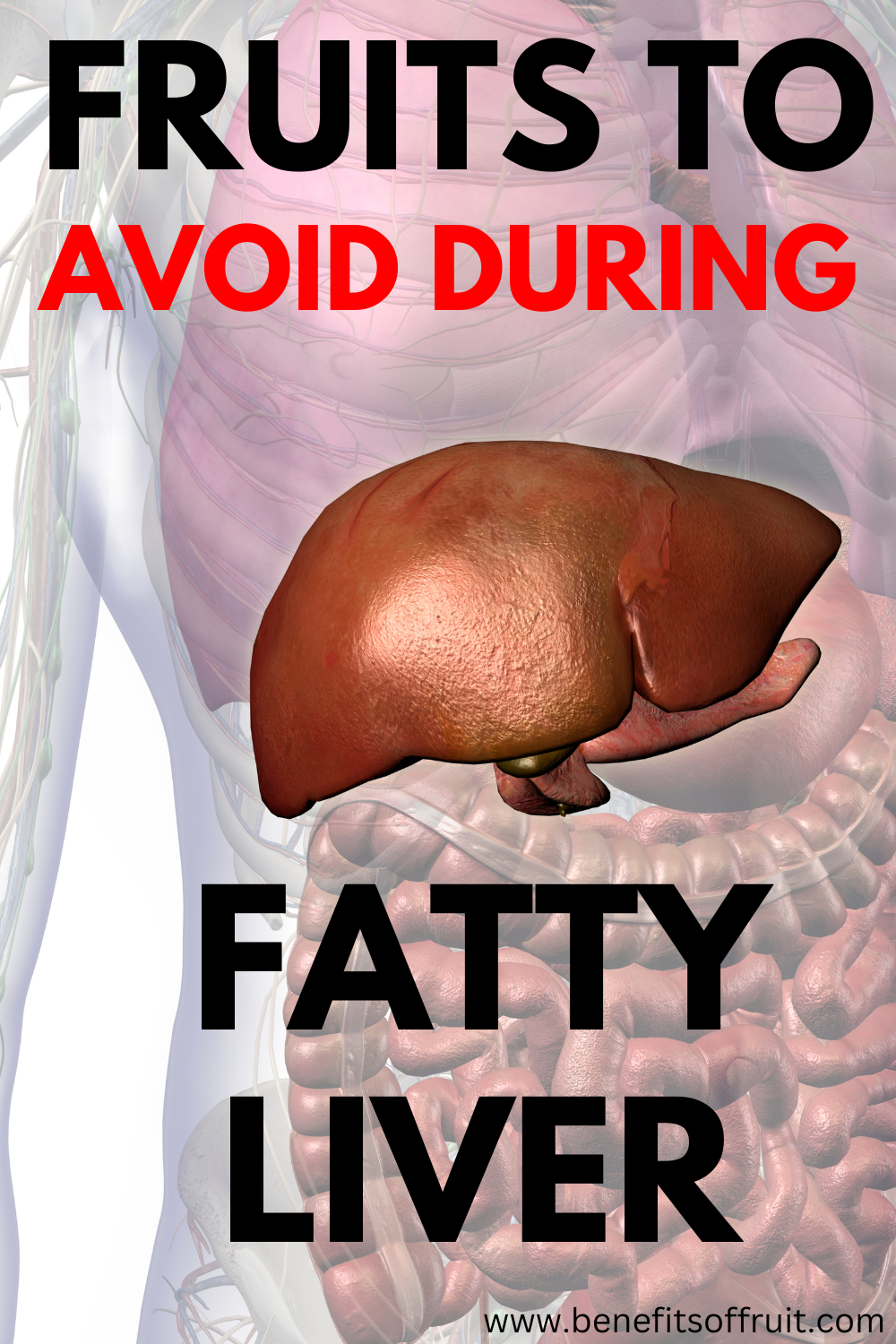Fatty liver disease, characterized by excessive fat accumulation in the liver, affects a significant portion of the global population. There are two main types: alcoholic and non-alcoholic fatty liver disease (NAFLD). While excessive alcohol consumption is the primary cause of alcoholic fatty liver disease, NAFLD is more closely associated with lifestyle factors, such as obesity, poor diet, and lack of exercise. In managing this condition, diet plays a pivotal role, and understanding which foods to consume and which to avoid is crucial. Though fruits are generally considered healthy, some can worsen fatty liver due to their high natural sugar content.
Understanding the Effects of Sugar on Fatty Liver
Natural sugars, particularly fructose, can have a significant impact on fatty liver. Fructose, primarily found in fruits and sweeteners, is metabolized almost exclusively in the liver. Unlike glucose, which the body uses for energy, fructose is processed by the liver into fats, which can lead to increased liver fat. Moreover, excessive fructose consumption can promote insulin resistance, a key factor in the development of NAFLD. Besides fructose, sucrose, commonly known as table sugar, is a compound of glucose and fructose. Excessive consumption of sucrose can also contribute to fatty liver by elevating insulin levels and increasing fat deposition in the liver.
Fruits High in Fructose and Why to Avoid Them
Fruits naturally contain sugars, and while most fruits have a relatively low glycemic index, those high in fructose or overall sugar should be consumed with caution.
Mangoes: Known for their sweet flavor, mangoes have a high natural sugar content, especially fructose. This can lead to increased liver fat if consumed in large quantities. While they are rich in vitamins and antioxidants, people with fatty liver disease should moderate their intake.
Grapes: Grapes contain high levels of fructose and glucose. Their natural sugar content, combined with their relatively high glycemic index, can lead to increased insulin resistance and liver fat if overconsumed.
Cherries: These vibrant fruits are rich in vitamins and antioxidants, but they are also high in natural sugars. Excessive consumption of cherries can increase the risk of insulin resistance, which exacerbates fatty liver conditions.
Pineapples: Pineapples have elevated fructose levels, which can contribute to liver fat buildup if consumed in excess. Their natural sweetness often leads to overconsumption, making portion control crucial for those with fatty liver.
Dried Fruits and Their Effects on Fatty Liver
Dried fruits, due to their reduced water content, have concentrated sugar levels, making them potentially harmful to those with fatty liver.
Raisins: The process of drying grapes into raisins concentrates their sugar content, particularly fructose. This concentration results in a higher glycemic impact, leading to increased blood sugar and potential liver fat accumulation.
Dates: Dates are incredibly sweet due to their high natural sugar content. Although they offer nutritional benefits like fiber and antioxidants, their elevated sugar levels can contribute to blood sugar spikes and liver fat accumulation.
Fruits to Limit for Fatty Liver Management
While certain fruits should be avoided altogether, others should be consumed in moderation due to their moderate sugar content.
Bananas: Bananas contain moderate levels of fructose and other sugars. While they are nutrient-dense and offer health benefits, overconsumption can negatively impact individuals with fatty liver due to the added sugar intake.
Figs: Fresh figs have a high fructose content, which can worsen fatty liver if consumed excessively. Although rich in vitamins and minerals, they should be consumed sparingly by those managing fatty liver.
Other Factors to Consider
Portion Control: The key to consuming fruits responsibly with fatty liver disease is portion control. Even fruits that are higher in sugar can be included in the diet in small amounts, allowing individuals to benefit from their vitamins, minerals, and fiber without overloading the liver with excess sugar.
Combining Fruits with Other Foods: Consuming fruits alongside proteins or healthy fats can help slow down sugar absorption, reducing the risk of blood sugar spikes. For instance, pairing fruits with nuts or seeds can be beneficial.
Overall Dietary Patterns: While managing fruit intake is important, it’s also crucial to focus on the broader dietary pattern. A diet rich in vegetables, lean proteins, and healthy fats can help mitigate the effects of occasional fruit consumption.
Conclusion
Managing fatty liver disease requires careful consideration of dietary choices, including fruit consumption. While fruits offer numerous health benefits, some are best avoided due to their high sugar content. Mangoes, grapes, cherries, and pineapples can contribute to liver fat accumulation if consumed in large quantities. Dried fruits like raisins and dates are particularly high in sugar and should be eaten sparingly. Moderation is also key when it comes to bananas and figs, which have moderate sugar levels.